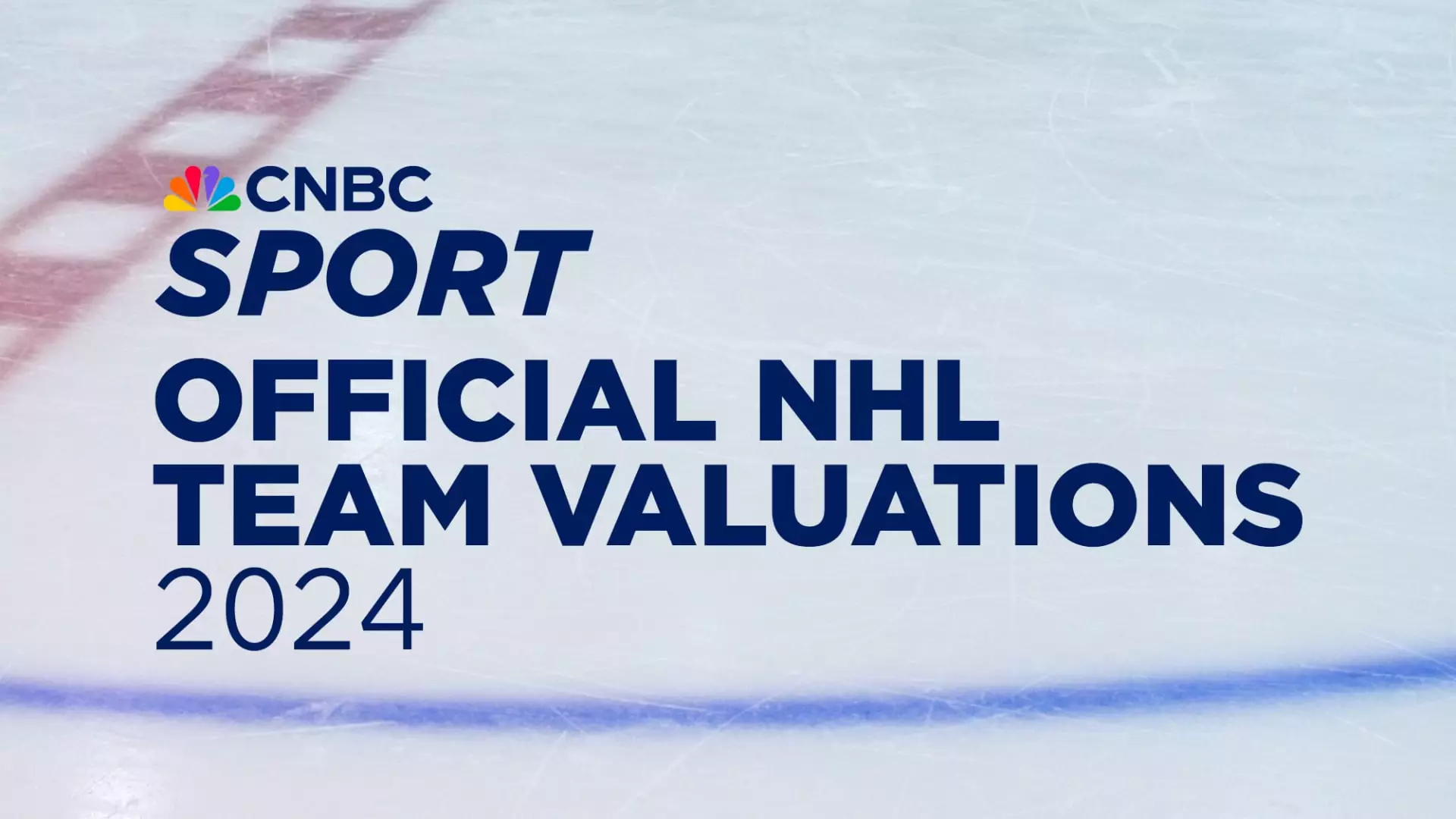The National Hockey League (NHL) has undergone a remarkable transformation in its valuation and financial health in recent years. As of 2024, the average NHL franchise is valued at an impressive $1.92 billion, marking a robust growth trajectory that rivals even Major League Baseball in terms of revenue multiples on transactions. This skyrocketing valuation flags an era where hockey commands unprecedented respect as both a sport and a business.
Several factors contribute to this impressive rise in team values within the NHL. First, continuous revenue growth stands out as a cornerstone. The NHL is capitalizing on its solid foundation, reporting an astounding hockey-related revenue of $6.3 billion for the 2023-24 season. This figure represents an 8.6% increase from the season before, signaling not only a resilient fan base but also effective marketing strategies that are driving revenue. The rise in ticket sales and merchandise transactions showcases a league that understands the importance of engaging with its audience.
Additionally, the NHL benefits from a strict salary cap structure, which enforces a balance among teams and facilitates competitive parity. This means teams are more likely to be profitable due to controlled spending. The league also employs a robust revenue-sharing mechanism that allows smaller-market teams to thrive by redistributing income. This system is crucial for maintaining league-wide financial viability, ensuring that all franchises can compete not just on the ice, but in the economic arena as well.
The 2023-24 season heralded exceptional achievements in sponsorship and ticket revenue. The NHL celebrated record national sponsorship revenue, bringing in $250 million, a stark indicator of the league’s growing allure to advertisers and sponsors. Such partnerships not only enhance the financial landscape but also elevate the sport’s visibility, contributing to greater fan engagement.
Moreover, the league recorded significant gate receipts, totaling $2.4 billion during the regular season. This increase reflects a thriving attendance culture, with fans eager to experience live games. The effective management of fan experiences and game-day events continues to play a pivotal role in elevating attendance figures and, by extension, overall revenue.
Another aspect bolstering the NHL’s financial outlook is the increasing revenue from media deals. As broadcasting technology and consumption patterns evolve, the league capitalizes on enriching its media rights agreements, resulting in more profitable contracts that benefit all 32 teams.
The calculated earnings before interest, taxes, depreciation, and amortization (EBITDA) of approximately $45 million per team, based on $223 million in revenue, underscores not only the NHL’s financial stability but also its ample potential for growth.
The NHL stands at a crossroads where strategic revenue growth, financial structures, and evolving media landscapes converge, suggesting a bright and profitable future for its franchises and the league as a whole. As the sport continues to draw in dedicated fans and lucrative sponsorships, its value proposition only seems poised to expand further.

